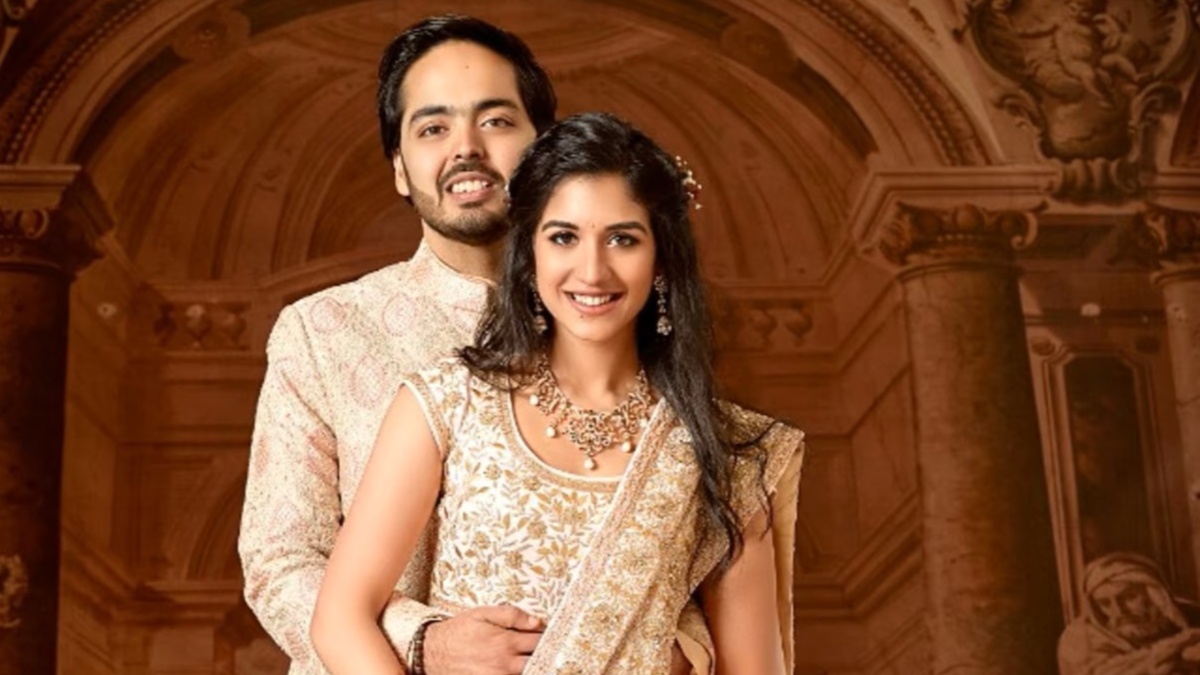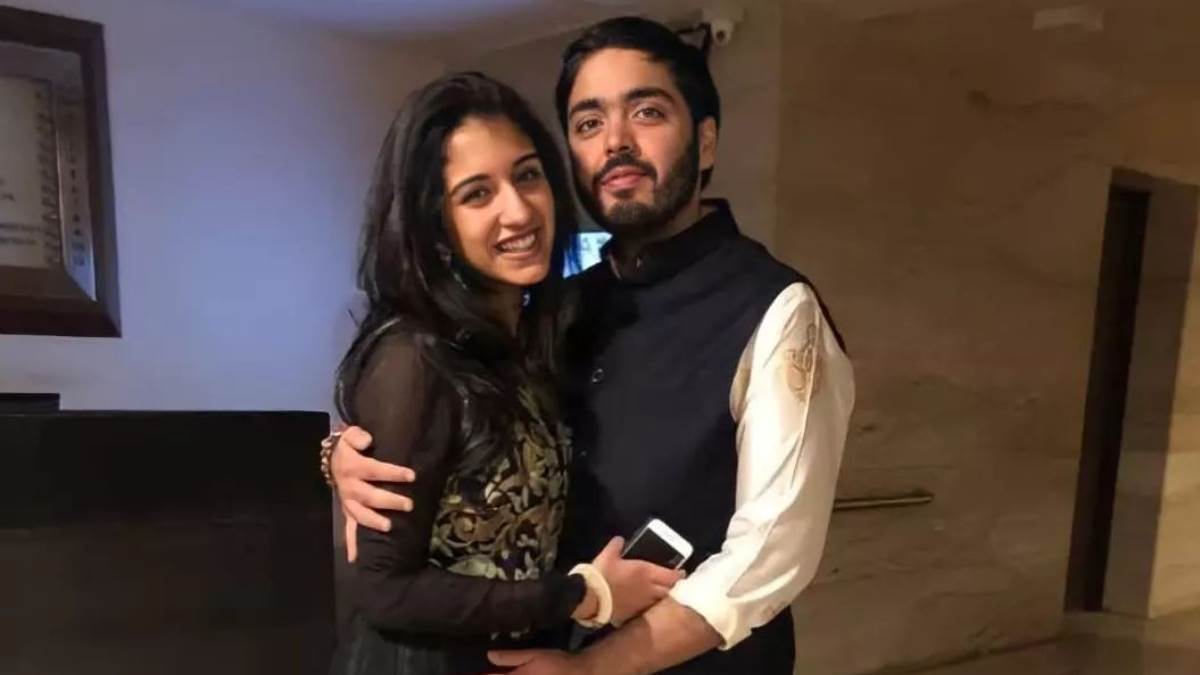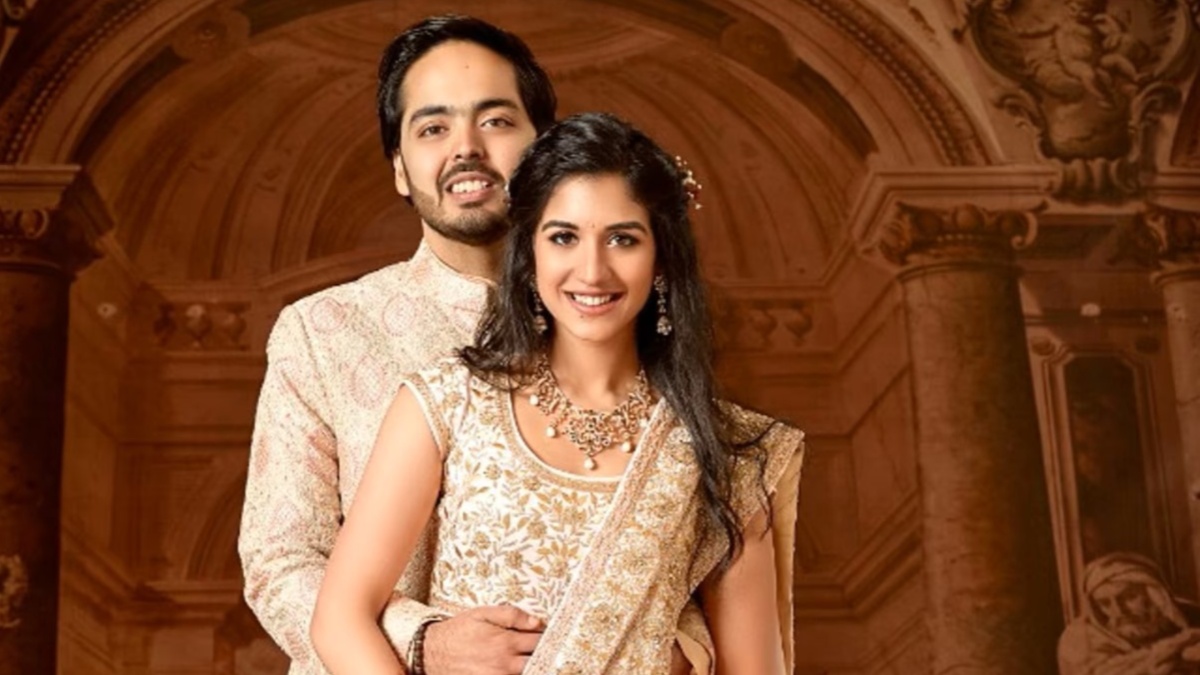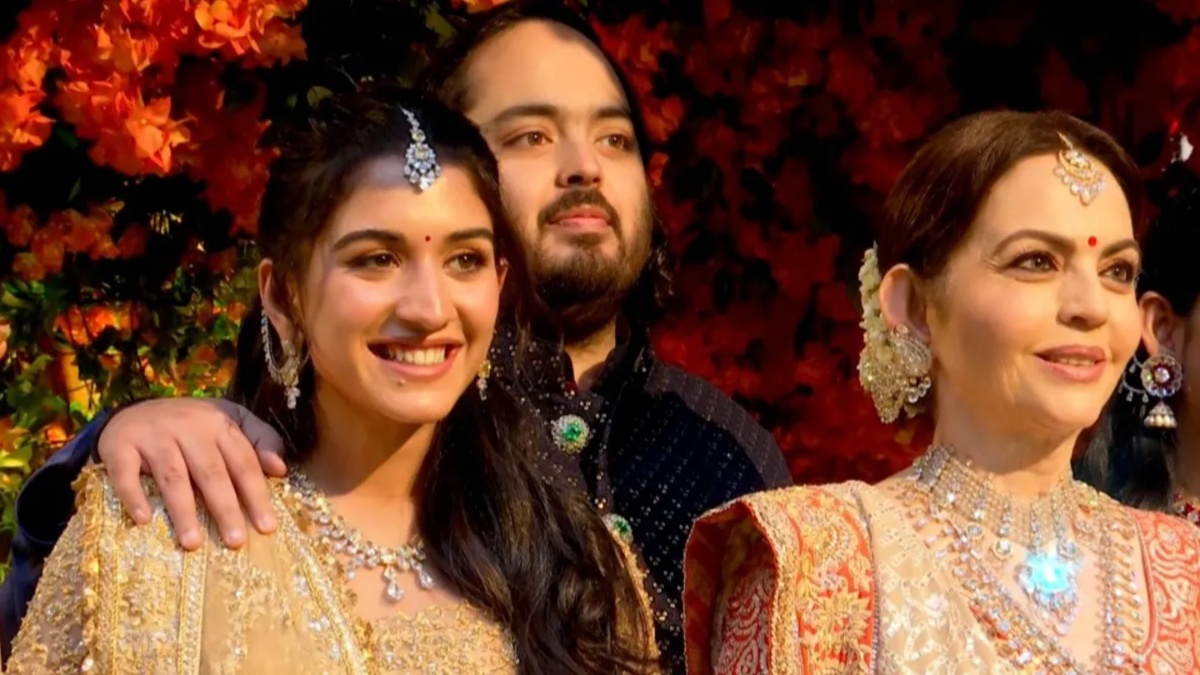The lehenga is the colour of boiled pink candy; its gota border incandescent with all the insolent possibilities that dancing at a wedding can open up. Unencumbered by its girth, or by the weight of the jewelley that accessorises it, the wearer dances blithely. She is Chandni; she is the irrepressible beam of moonlight in Yash Chopra’s 1989 melodrama Chandni; she is actress Sridevi in the role of a lifetime.
Follow all the latest updates here
To refer to her in the past tense would be a disservice to the flamboyance of her oeuvre. For, a repertoire that spans Malayalam films like _Poompatta (_1971) to the Bollywood thriller Mom (2017) can hardly be relegated to the archives, now that Sridevi is no more. Her work makes it impossible to consign her to the realm of the dead. She lives, in the way her hips swayed or her eyes gleamed or her rounded syllables declared, “Dikhta nahin hai kya? Beer bottles le rahi hoon!” (ChaalBaaz, 1989), or mischievously observed, “Sawaal ke jawaab mein sawaal nahi kiya jaata” (Lamhe, 1991).
That uncontainable quality she lent to all her roles found astonishing sartorial expression. As the tributes pour in, and one is inundated with biographical details, celebrated roles, dialogues and a variety of factual nuggets, it might be worthwhile to dwell on Sridevi’s stylistic imprint upon the era in which she rose to become a superstar. The pink lehenga she wears while dancing to the song ‘Mere Haathon Mein Nau Nau Choodiyan’ in Chandni is perhaps an inappropriate elegy – its gaudy colour and swishing movement are hardly metaphors of grief. But it is an apt homage to Sridevi; pertinent because of its glorious unruliness. At that particular juncture in the film, Chandni, its vivacious young protagonist, is on the cusp of falling in love; as the film progresses and the trajectory of her life alters, her outfits reflect these changes. Her romance with Rohit (played by Rishi Kapoor) is conducted in sheer chiffon saris, with matching bindis blinking merrily on her forehead. The artless exuberance of the girl is replaced with the sensuousness of the woman with an ardent lover. She appears in gauzy yellow, sky blue, and rose pink, lip-syncing to Lata Mangeshkar’s tremulous romantic song ‘Mitwa’. An ephemeral moment of absolute happiness finds its sartorial equivalent in paper-thin chiffon.
Romance and chiffon are indelibly interlinked in several of Sridevi’s films. In the 1987 classic tethered to science fiction and fantasy, Mr India, Sridevi, who plays the tenant Seema Soni, dances in a turquoise blue chiffon sari to the erotically-charged ‘Kate Nahi Kattate Ye Din Ye Raat’. An invisible Arun Verma (Anil Kapoor) caresses her, and she thrills to his touch, her sari conveying her pleasure.
While chiffon conveys the fleeting nature of love, and the ethereal joy it brings in its wake, there is other material, and other outfits that Sridevi immortalises through her roles. She could be caricaturesque, kitschy and downright absurd. Her appearance as Hawa Hawai in Mr India, a Hawaiian dancer in a sheer gold gown, belting the nonsensical words, “Chee Ho Ho Honolulu …” is deathlessly comic, performed as it is with the flair of an ’80s pop star. In ChaalBaaz, she has the double role of twin sisters separated at birth. Manju, the sassy twin who grows up on the streets, wears bold reds and pinks, and accessorises with bows on her head that are coordinated with her outfits. Suspended between the end of one decade and the beginning of another, Manju, in many ways, preempts the fashion of the ’90s — the post-liberalisation sway of Keds, ballet flats, and headscarves on Indian fashion.
In the 1993 action-comedy Roop Ki Rani Choron Ka Raja, her crystal-embellished feathered headgear and sequined outfits are almost Baroque in their grandeur; her performance, pantomime-like. She reappears in saris, in the 2012 comedy-drama, English Vinglish. Unlike the Sridevi of Chandni, or Mr India or even Lamhe, this Sridevi is an uncertain mother, navigating uncharted terrain (literally). She walks through Manhattan in her modest saris, prompting the Hollywood Reporter to state: “Indian screen legend Sridevi triumphs in a gentle, but affecting, story of a woman’s awakening self respect…It’s no surprise that by the end of the film, Shashi will conquer her fears, but the route Shinde takes to get her there is distinctively Shashi’s. The image of the newly confident Shashi striding down a Manhattan street, a takeout coffee in hand and a trench coat belted over her sari, will make you smile days after you leave the theatre…” One can be sure that she, and her experiments with the fashions of the day, will make us smile long after she has left us.






)
)
)
)
)
)
)
)